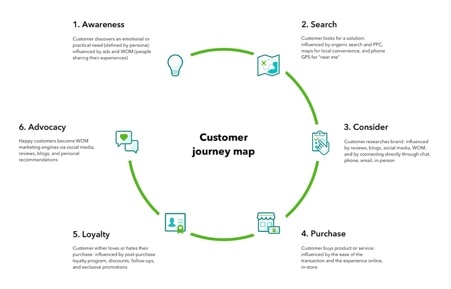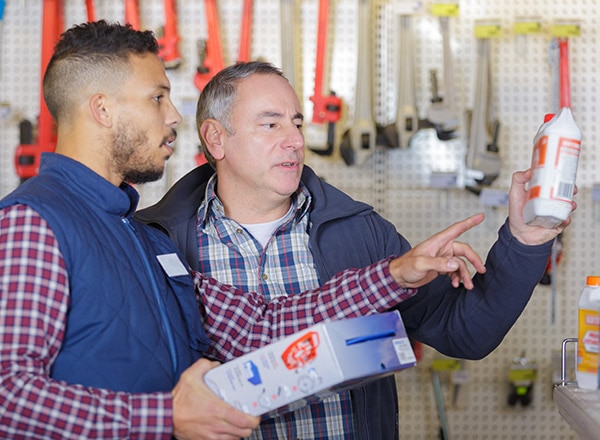How to Map a Customer Journey
Creating a customer journey map doesn’t have to be difficult. Start simple, track its performance, and refine it over time to improve your strategy.
Let’s break down the foundational steps:
Gather customer data: To solve pain points, you should build your CJM on real customer insights rather than assumptions. You can gather customer data by:
- Collecting customer feedback through surveys and interviews
- Analysing customer service interactions
- Reviewing website analytics and social media insights
- Studying customer complaints and compliments
Identify customer personas: Creating detailed customer profiles helps you understand and address the specific needs of different customer segments rather than taking an outdated one-size-fits-all approach.
Here’s how to get started:
- Create detailed profiles of your typical customers
- Include demographics, goals and pain points
- Consider different customer segments
Map the journey phases: Breaking down the customer journey into distinct phases allows you to optimise each stage – we’ll go through each of these in detail below.





















